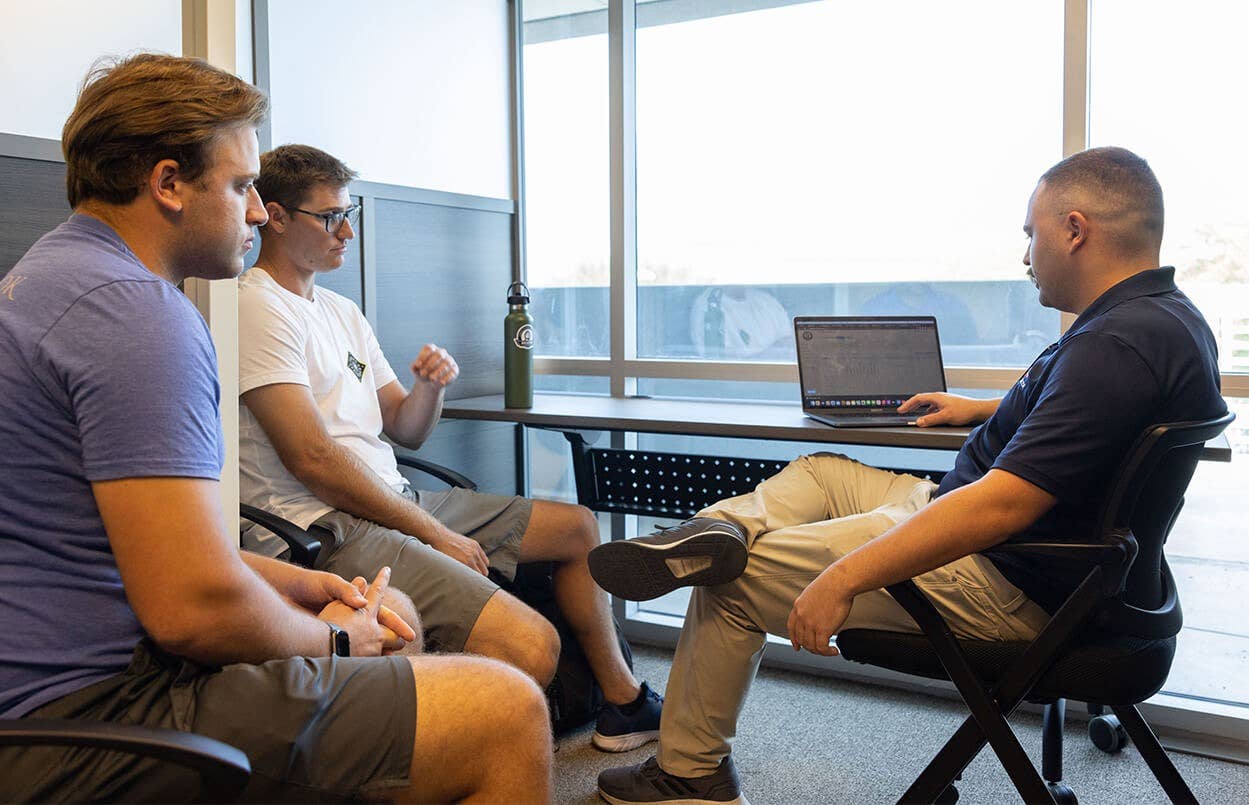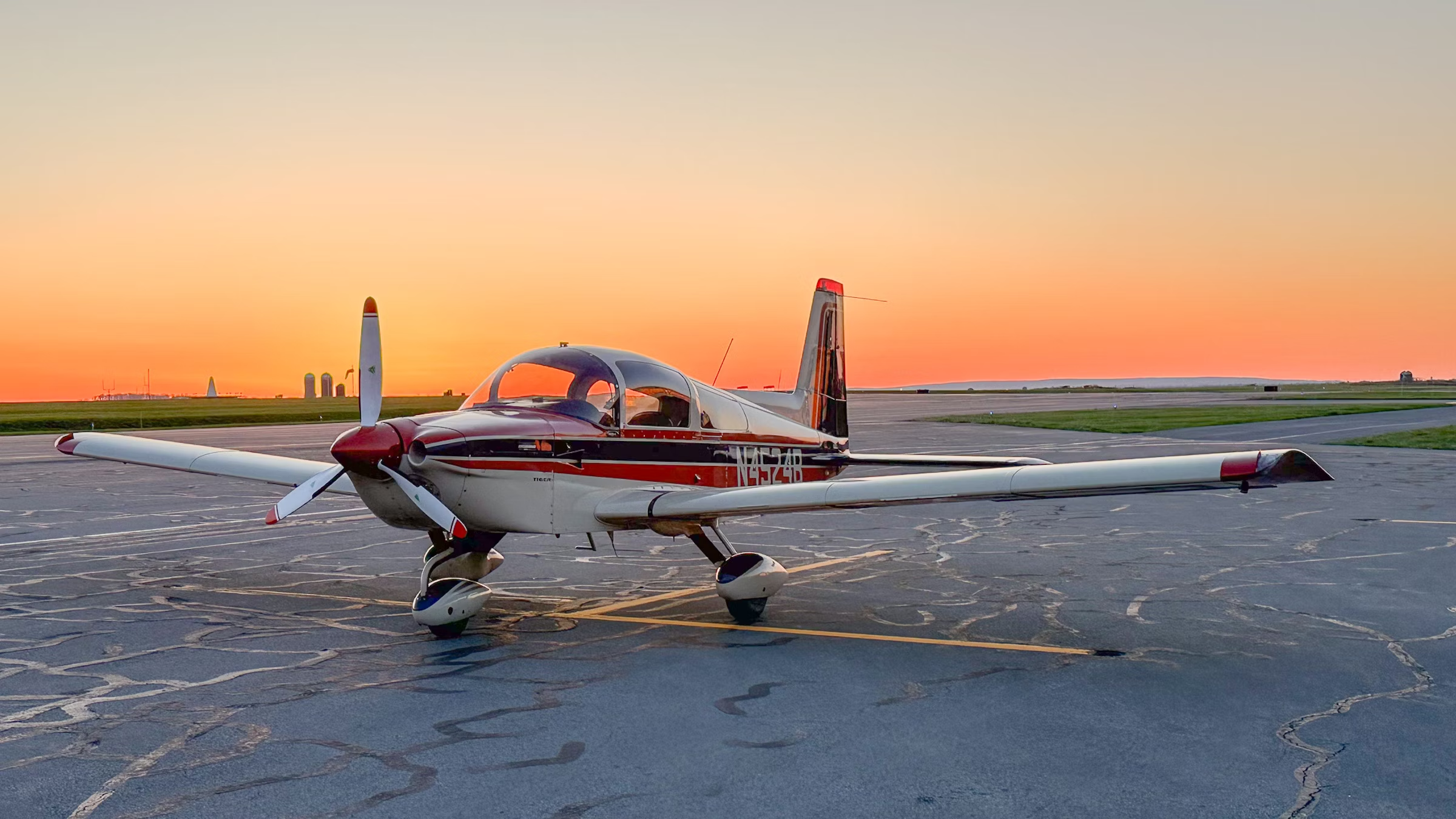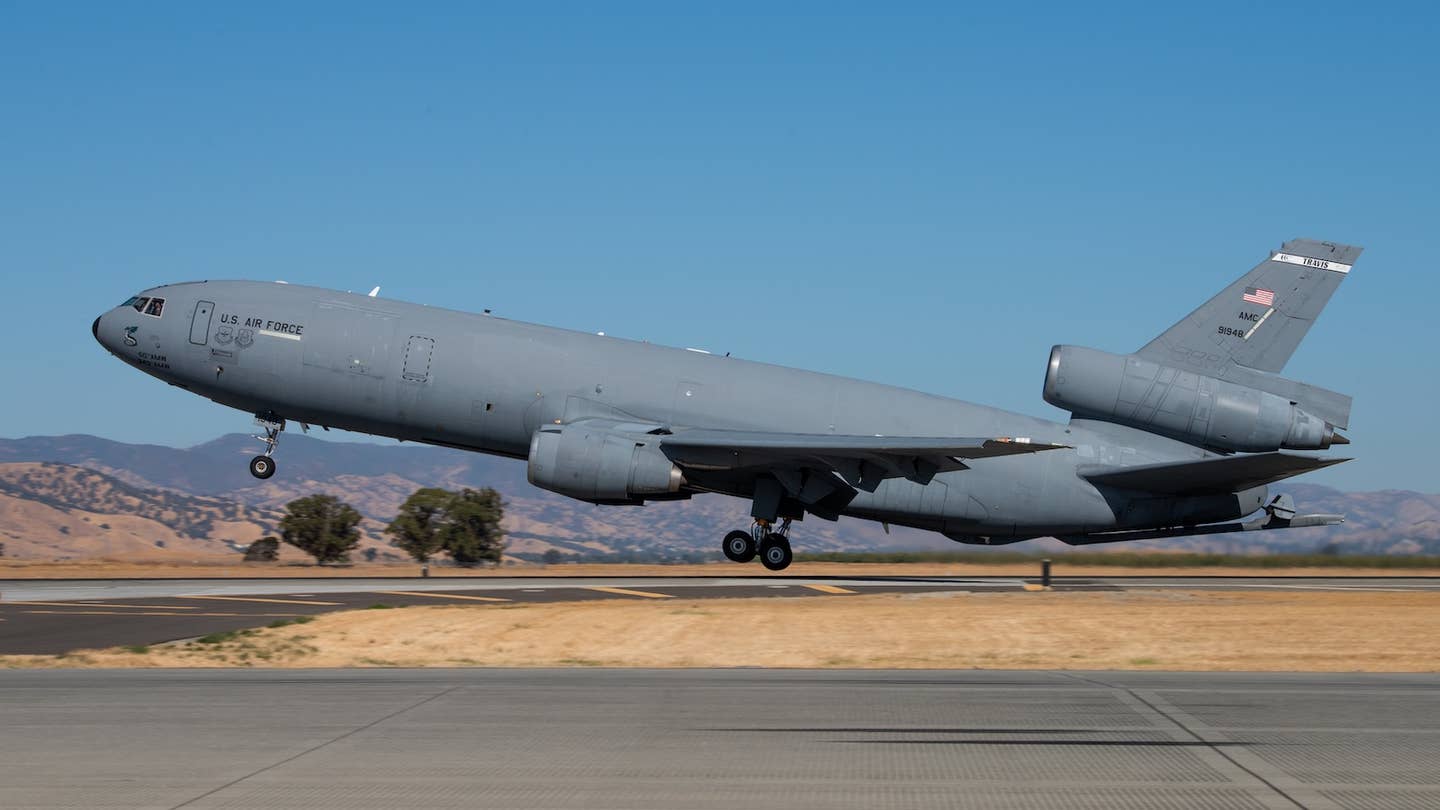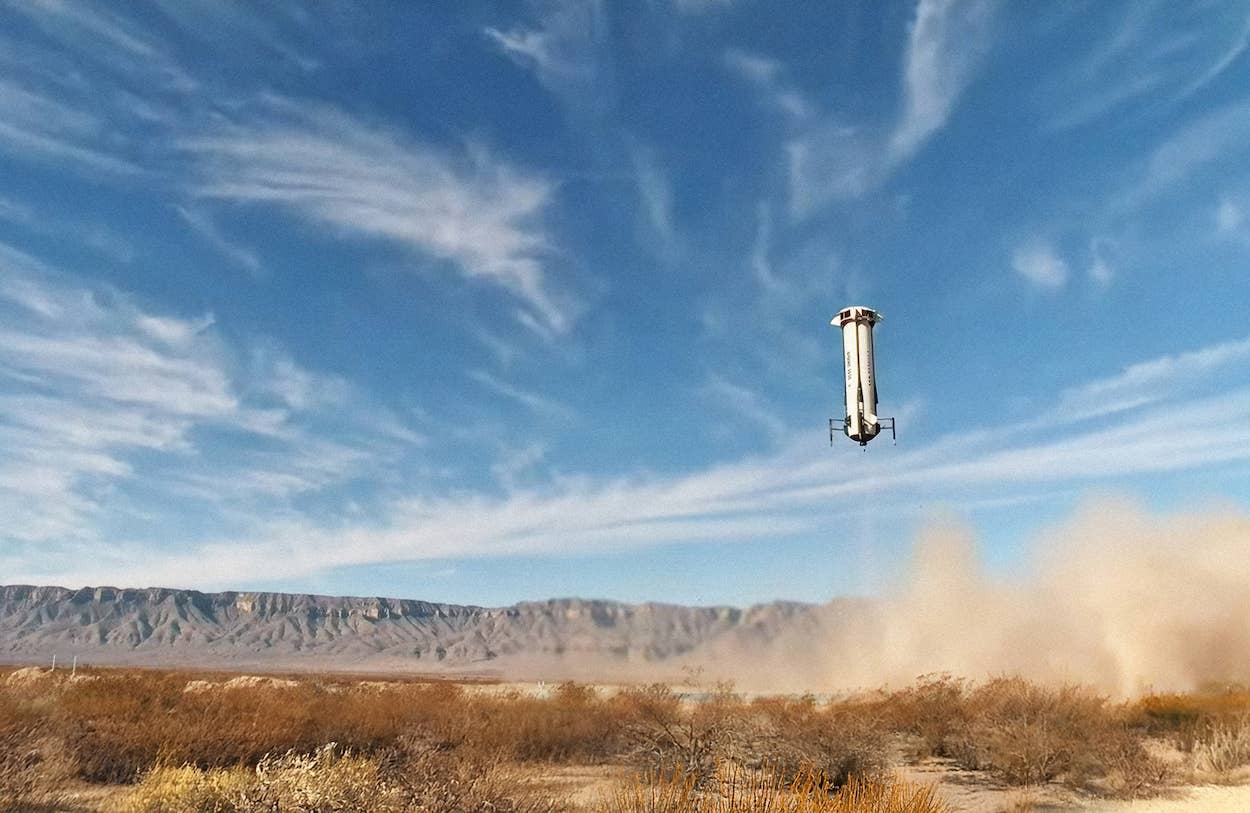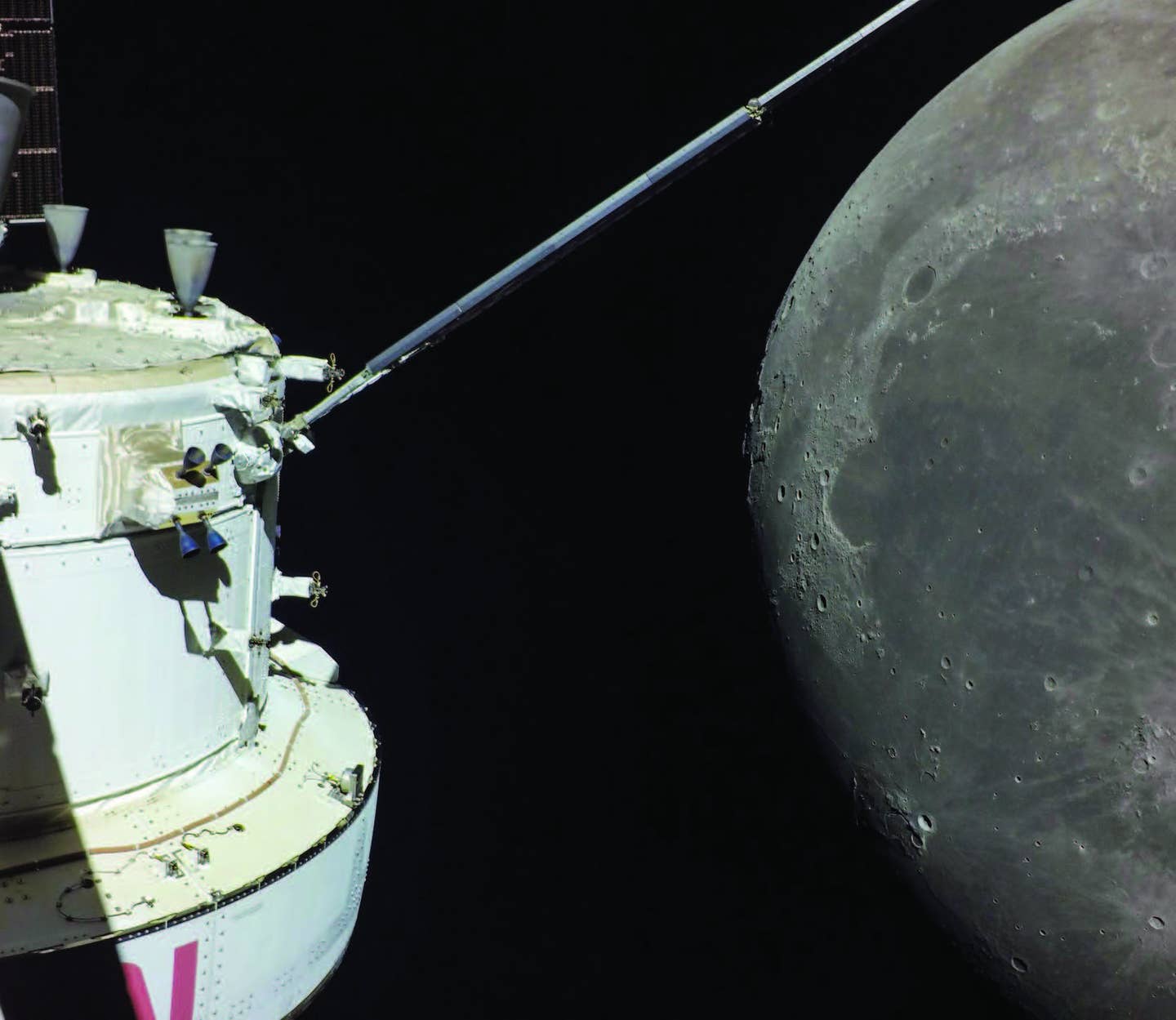MOSAIC Questions Linger in Light Sport Aircraft Community
Many pilots have questions about the Modernization of Special Airworthiness Certification proposed rulemaking underway at the FAA. Here are some answers.
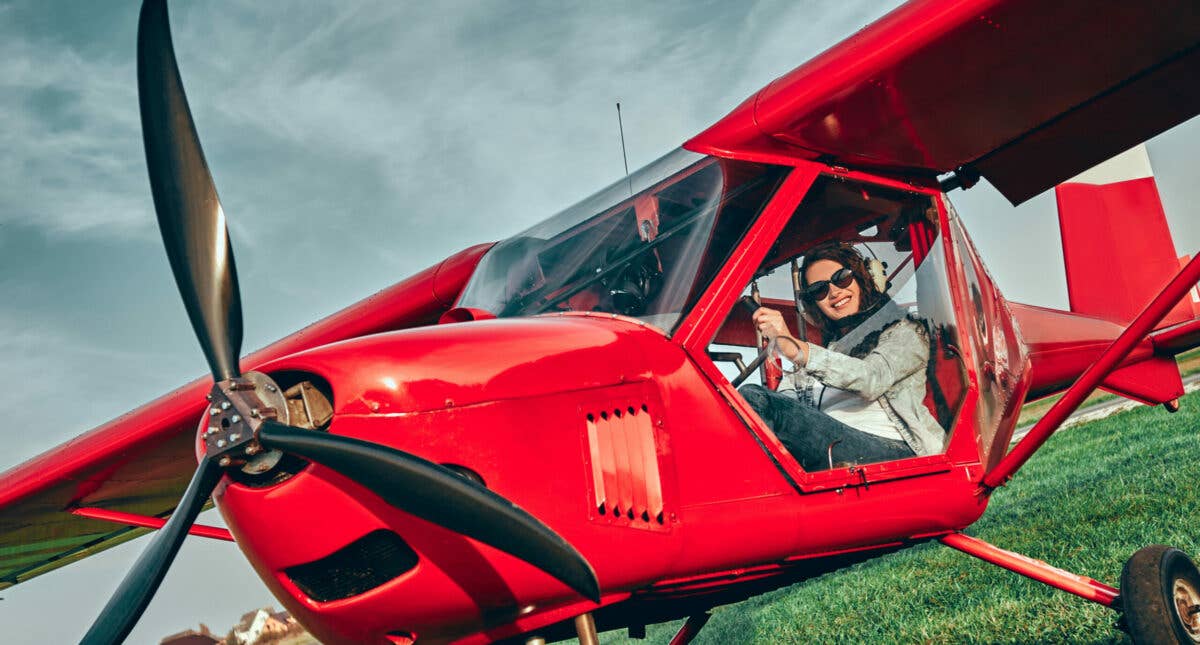
The long-awaited Notice of Proposed Rulemaking (NPRM) for the Modernization of Special Airworthiness Certificates (MOSAIC) boasts the potential to revolutionize the LSA market, bringing about a significant increase in their usefulness and creating new opportunities for sport pilots. [Credit: Adobe Stock]
Editor's note: This article first appeared on Plane & Pilot.
I don’t know about you, but I can guess that Modernization of Special Airworthiness Certification (MOSAIC) fatigue is setting into a lot of quarters. Some pilots have done an extraordinary job of digging into the FAA’s 318-page Notice of Proposed Rulemaking (NPRM) document to distill essential parts that need to be addressed. Many pilots get exhausted just looking at the NPRM.
Me too.
MOSAIC has given us an inside look at how the FAA works. Many improvements resulted when the industry worked in harmony with government officials. Nonetheless, careful study found areas of concern in the NPRM. Recent articles in other publications hit essentially the same points as I did in my talk. Those points were partly my thinking, but I also relied on other experts to whom I had posed a variety of questions.
Still, some of the best commentary has come from non-experts—regular pilots who were concerned about a certain part of the NPRM and explored it thoroughly. With this in mind, I was keen to hear from my audiences at the Midwest LSA Expo 2023.
What follows represents my distillation of a number of questions that were asked in lengthy Q&A sessions following the two presentations. Several conversations developed between people in the audience, and therefore asking you to listen to all of that would not be engaging. I attempted to faithfully reproduce those questions and comments, and my responses, below.
Aircraft Descriptions
If my LSA has been restricted to 1,320 pounds to meet current regulation, will a pathway exist to use a higher weight if the aircraft has been appropriately tested?
The answer depends. If your aircraft is Experimental Amateur Built, you are the manufacturer and can change what you want. So if you want to fly on drivers license medical at a higher weight — so long as you clean stall at 54 knots or less — you can do so. On a Special LSA, the manufacturer will have to redeclare that they meet all applicable ASTM standards at the higher weight and could then start supplying aircraft with higher gross weights. However, that does not mean they will go backwards compatible and make all earlier aircraft so capable. A manufacturer would have no idea how the aircraft had been maintained or operated and they may not want to take on the added risk.
Some producers may not make aircraft specific to the U.S. market…
I agree, but many CAAs, especially in smaller countries, mirror FAA regulations closely. Since the U.S. aviation market remains the largest in the world, many producers cannot ignore American rules.
Will the FAA allow a sport pilot, perhaps by endorsement, to carry more than one passenger?
This represents a good place to urge your comment. If you believe a sport pilot, with added training and an endorsement, should be allowed to fly on a drivers license, say so.
What weight limit is applied to MOSAIC LSA?
No weight limit is specified. Instead, aircraft size is well governed by specifying clean stall at 54 knots. That is VS1 not VS0, clean—not flaps out. The purpose is to limit aircraft size and does not relate to slow flight or landing speeds.
Why the 54 knot clean stall? Why not with flaps?
Understand that the FAA’s point about a 54-knot clean stall is to provide a means of limiting the aircraft size. It works well for that, but this can also be easily defended by the pilot (show the FAA the POH) and verified by the FAA (by examining the POH). It’s a simple solution.
I fly a Beech Sundowner, a [Cessna] 172-like aircraft. The POH states a 62-knot clean stall. If I add vortex generators to it and lower the stall speed to 54 knots, will it qualify even though the POH will still say 62?
Since Sundowner is a Part 23 certified aircraft, it would require an STC to add anything to the airframe. At that time, a modification could be added to the POH but FAA officials in various places will not initially know how to handle this. The problem is, how do you know it stalls at 54 or less, and how do you defend it? The cost to demonstrate convincing evidence that stall is now lower than the POH states may be excessive.
You referred in one slide to “high performance.” That term and “complex” are already defined in Part 61. If it has an adjustable prop, a 200 horsepower engine, and flaps, it is “high performance.” If it is retractable, it is “complex”, although it may not also be “high performance” (ex: a C-172 RG is complex but not high performance).
The FAA perceived a gap between LSA and Part 23 certified aircraft; they evidently see pilot certification similarly in discussing endorsements. While MOSAIC LSA gain many capabilities, sport pilots remain bound by other rules. It was not clarified how a sport pilot qualifies for “high performance” operations. We hope endorsements will suffice; they’ve worked well for 19 years of SP/LSA.
Will aircraft from other countries that have met other certification systems be accepted under MOSAIC?
The commenter refers to a government arrangement called “reciprocity” where one country accepts the methods of other countries. It comes as part of the Bilateral Safety Agreement. While the FAA will accept such approvals, they are still likely to assure an aircraft still meets every line item in ASTM standards for MOSAIC LSA.
Sport Pilot Privileges
If I already have retractable experience or night experience, can I use that as a sport pilot under MOSAIC?
You will have to get an endorsement, it appears, but any instructor who sees a lot of related recent experience in a logbook and flies with you for verification may be willing to endorse your logbook accordingly in short order. If you are not current with those skills, that person may recommend added training.
Is the reason for the medical requirement to fly at night related to color blindness?
The FAA did bring that up at EAA AirVenture 2023, saying that when the states give you a drivers license, they don’t adequately test for this. Personally, I find the argument weak to require pilots to pursue a medical over the relatively remote possibility that they might one day need a light signal from the control tower.
Couldn’t I just go to a doctor and only have my vision checked for color blindness?
That would make a worthy comment and would appear to address the FAA’s stated concern.
Will the opportunity to fly IFR be available to sport pilots without a medical?
Given the FAA’s attachment to medicals, that seems unlikely. However, the same response about the weak relationship between medical possession and aviation safety remains.
As pilots age, insurance companies want more frequent medical visits (even if the FAA may not). Will the insurance companies accept drivers license medical on MOSAIC LSA?
That’s a worthy question but not one about MOSAIC. Insurance companies are private and can require any evidence of medical fitness their contracts specify. They have accepted LSA use on drivers license medical and as I keep saying, no one has presented compelling evidence that possession of an aviation medical assures the flight is safer. What insurance companies do in the future is more a matter of the reinsurance market than an FAA regulation. At present, any pilot over 75 will find challenges getting insurance, regardless of that person’s health.
Have any parts of sport pilot flight instructor been changed?
That is not an area on which I am as well informed but, yes, I saw several references to SPIs. I urge you to use the USUA/LAMA study guide and use its search capability to look up that part more fully yourself. Then, please comment.
Are you still saying that, assuming no change in the 90-day comment window, this will not go live until the end of 2024 or early 2025?
Yes, although an extension may be granted to a group of maintenance companies in which case the rule will be pushed back at least an additional 90 days.
If multi-engine is being allowed, how do you qualify for that?
This is another of those clues that this NPRM seems a bit rushed to market. FAA Aircraft Certification will permit multiple engines/motors, but the Flight Standards Group did not address pilot qualifications. A conventionally-acquired multi-engine rating is far less applicable today because designs include multiple electric motors, advanced computer controls, and many other technical capabilities the FAA never confronted.
What do you mean by “equal work” for powered parachutes or weight shift?
This refers to NPRM language that effectively discriminates against those aircraft types. A pilot cannot take advantage of the opportunity to use LSA for aerial work because a commercial pilot certificate is required and none is available for those aircraft types. They should have equal opportunity to perform aerial work; they may be perfectly suited to some tasks.
How fixed is the FAA on one passenger only? Could the agency be convinced otherwise?
First, the restriction is on the pilot not the aircraft. A private pilot with a medical could use a four-seat mLSA with four people on board, assuming weight and balance allows. Regarding the FAA’s flexibility on this, given its tight cling to medicals even though the evidence for them is weak, I suspect convincing the agency to let sport pilots fly three passengers is a long shot, but you can certainly comment if you have reasons to believe this is wrong.
What was the YouTube address for the MOSAIC Masterclass videos?
A series of videos may be found here.
Maintenance
Could you take two seats out of a six-seat legacy GA airplane, so it only has four, assuming it has a clean stall of 54 knots or less?
This is a “What if”-type question that can go on too long, but essentially if the aircraft has four seats and a clean stall of 54 knots, it can qualify to be flown by a pilot using sport pilot privileges, although only with two persons on board. In order to modify a Part 23-certified aircraft, however, you’d have to get a STC and your local FSDO or MIDO will not be up to speed on MOSAIC initially, so they may not understand the request.
Can a second owner of a LSA take a course to do maintenance on that aircraft?
This can happen today but some questions have been raised under MOSAIC. Rainbow Aviation expressed reason for concern on this. It is more expert on maintenance and I deferred to the company’s knowledge.
It appears it will be more restrictive, will take more effort to get LSRM credentials. Any such action will reduce mechanics, already in short supply. Existing A&Ps don’t have enough experience or training on Rotax or Jabiru.
You appear to understand correctly. This is an area where I defer to those with greater knowledge so I have been recommending the Rainbow Aviation YouTube channel as it has been outspoken on this.
Are We About Done with MOSAIC?
Yes! Of course, I will continue to report on MOSAIC developments and news but now it is time for me to formulate my own comments to the FAA. I hope you found all the MOSAIC information useful. I hope you will comment.

Sign-up for newsletters & special offers!
Get the latest FLYING stories & special offers delivered directly to your inbox

